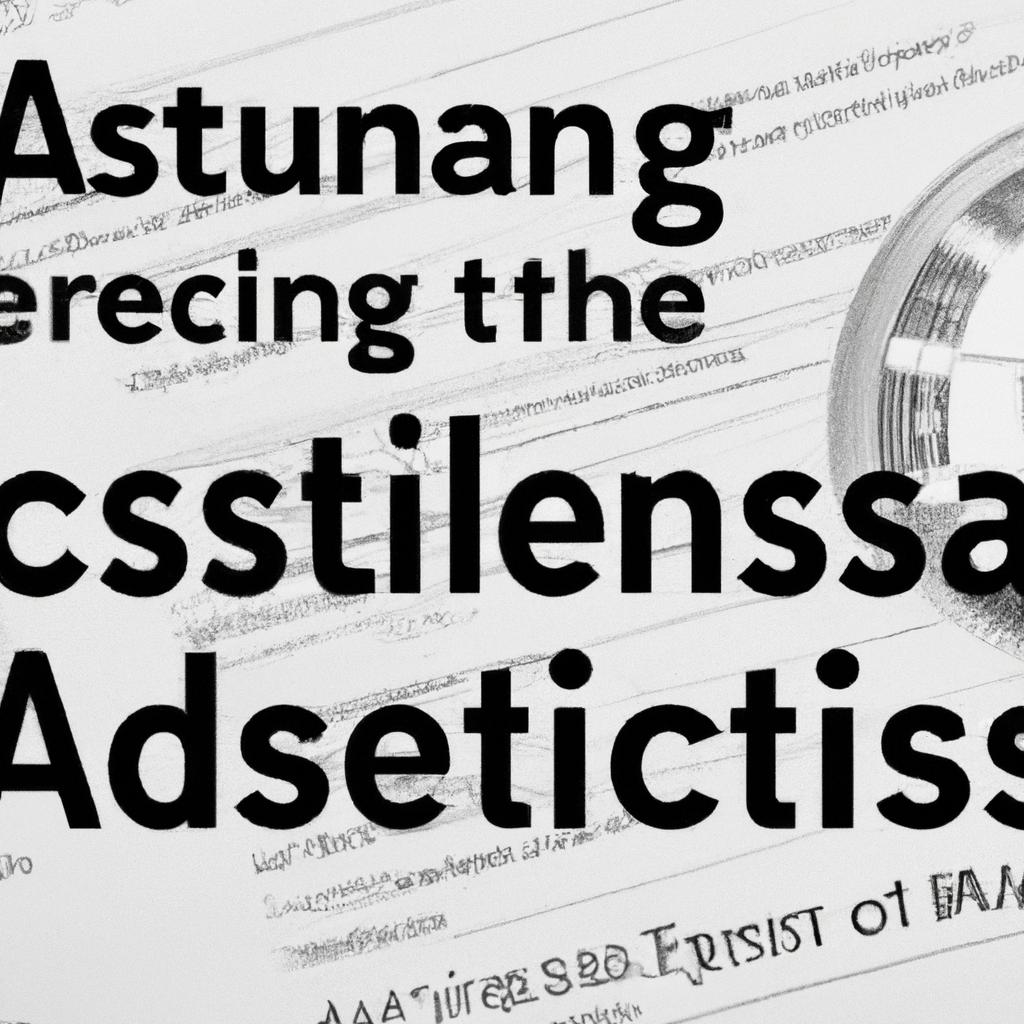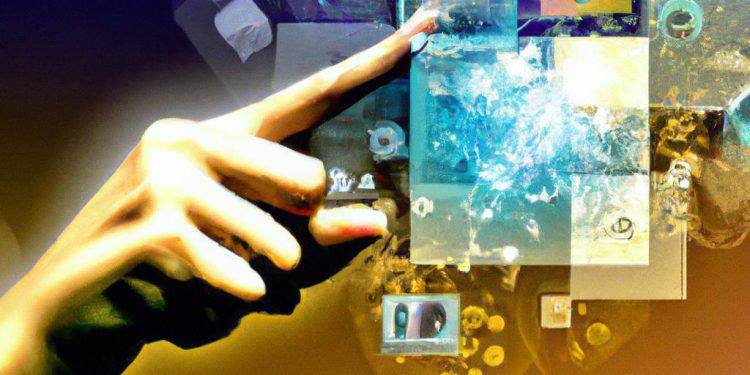Picture this. A classroom, filled with eager learners, each with unique ideas, talents, and perspectives, but all boxed into a singular, uniform method of evaluation. This way of assessing learning seems archaic, doesn’t it? Question papers with monotonous multiple-choice questions, time-bound tasks, heavy textbooks, and a one-size-fits-all approach fails to truly capture the depth of individual understanding and skills. Welcome to Assessment 2.0 where the future of learning gears towards a more holistic, personalized, and dynamic form of evaluation taking notice of each learner’s unique profile. As we dive head-first into the 21st-century landscape, this article breaks new ground by exploring how Assessment 2.0 is set to revolutionize future learning experiences. Buckle up, because we’re about to turn traditional pedagogy on its head. When we delve into the possibilities and potential of Assessment 2.0 or Digital Assessment, we encounter numerous ways in which this tool can revolutionize education. Not merely a shift from paper-based assessments, this innovative form of evaluation effectively integrates technology into learning, allowing for wider accessibility, improved student engagement, real-time feedback, all wrapped up in an eco-friendly package. Imagine an educational landscape where students’ performances are analyzed in real-time, providing a mirror to their strengths and highlighting areas for improvement, thus allowing teachers to personalize and optimize each learner’s journey.
- Accessibility: With the advent of cloud-based assessment tools, students can access and complete assignments regardless of their geographical location.
- Increased Engagement: The integration of multimedia (like videos, and interactive content) facilitates student involvement, making learning enjoyable and engaging.
- Instant and Detailed Feedback: Unlike traditional assessment methods, digital tools offer insightful, automated feedback instantly, enabling learners to identify and work on their weaknesses immediately.
- Eco-friendly: As these tools entail online evaluations, they contribute to the reduction of paper usage, fostering green education.
However, harnessing the full benefits from this paradigm shift involves addressing some associated challenges. The most common concerns are internet connectivity issues, securing tests from academic dishonesty, and appropriate teacher training on these advanced tools. But every challenge brings opportunity. To facilitate seamless implementation, effective strategies can be put in place. For example, schools can invest in robust, reliable internet connections and secure testing platforms. Further, teachers can be provided with comprehensive training programs to navigate and utilize these tools effectively.
| Challenge | Recommended Solution |
| Internet Connectivity | Invest in high-speed, reliable internet |
| Securing Tests | Secure testing platforms and digital proctoring |
| Teacher Training | Comprehensive professional development programs |
Embracing Assessment 2.0 isn’t about replacing traditional methods, but enhancing them. It’s about using technology to augment teaching and learning processes, thus cultivating a future-ready generation of learners. In the grand tapestry of education’s future, it seems Assessment 2.0 is poised to appear not just as a small stitch, but rather a bold stroke of vibrant color. From traditional paper-based tests to dynamic, technology-driven tools, the evolutionary shift in assessment methods is lending fresh, transformative shapes to our learning experiences. As we navigate these exciting changes, it is crucial that we keep adapting, innovating, and ever-learning—to ensure the future of education is not solely assessed by performance, but vivified by understanding, character, and continuous growth. The journey to Assessment 2.0 continues—and we are all active explorers, mapping out the uncharted territories of a brighter, more exploratory and living education. As we invest more in these adaptive assessment tools, we are not merely transforming our methods—we are, in essence, shaping and nurturing the effective learners of tomorrow. Like every field of human endeavor, education too, is a moving target—and, now, armed with Assessment 2.0, we’re more primed than ever to hit the bullseye.






